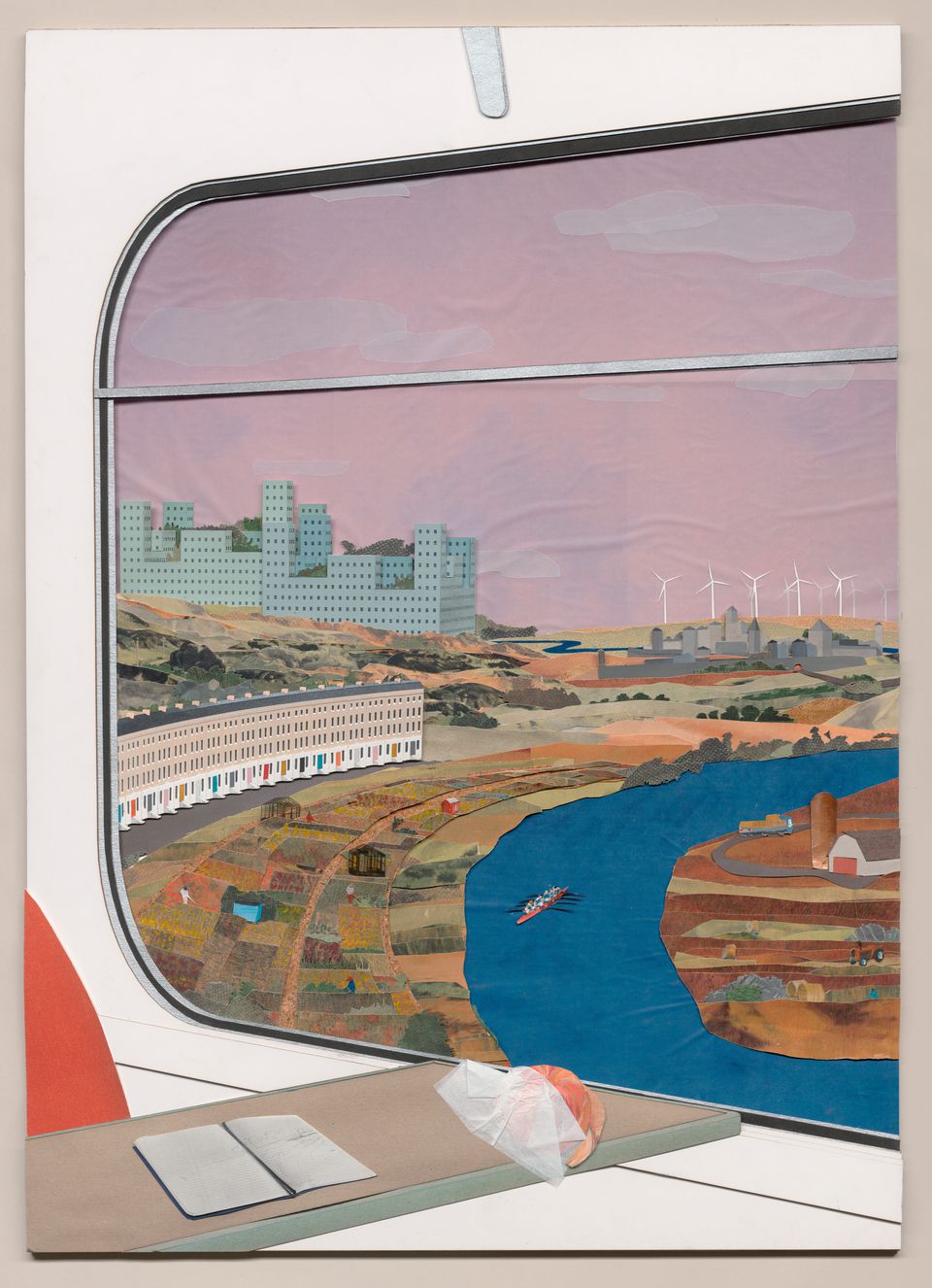How does a territory come to be identified, physically or figuratively, and who constructs that definition?
For our next web issue, Figuring Territory, we launch the first open call for contributions to the CCA website: a call to imagine, construct, dismantle, rebuild, write, and rewrite understandings of territory. While the term “territory” is often used to describe a specific, delineated body of land, power, or knowledge, such a formal definition is complicated—even obscured or negated—by the flows of words, images, and stories that circulate across boundaries and timeframes.
The perception of a territory is shaped at least as much by narrative—imagined, consumed, and received—as by borders and legal jurisdiction. In his 2003 video essay Los Angeles Plays Itself, Thom Andersen takes on this dissonance between image and place, questioning the degree to which the city documented as backdrop in countless Hollywood films is anything like the movie version. Comparing the “real” Los Angeles to its “reel” counterpart, Andersen’s narrator muses: “We might wonder if the movies have ever really depicted Los Angeles.” At what point do the factual and the fictionalized intersect? And where do they depart?
Though maps and atlases may tell us what lies where on the globe and guidebooks attempt to advise us what to notice, it is films, novels, newspapers, ad campaigns, myths, rumours, and other stories that help to inform both our collective understanding and our individual experience, from wherever we are, of what constitutes life in between, across, and beyond borders. Exposing the fragility of these borders, Palestinian-based Radio Alhara—first initiated as a space to share and communicate in response to the global pandemic—explores territories that exist beyond exclusively geographic bounds. As an open platform to host music and conversation from around the world, the station itself fosters a new territory, one whose boundaries are not coterminous with any traceable limit.
Whether embodied or witnessed, conceptions of a territory reinforce and concretize, or refute and complicate, existing understandings of a place. The way a territory is figured—orally, aurally, visually—amplifies certain narratives while suppressing others. At the CCA, we continue to study territories as geopolitical formations whose boundaries have been drawn by distinct historical processes and power structures—see, for example, our recent and upcoming projects Toolkit for Today: In the Planetary Field, Middleground: Siting Dispossession, and ᐊᖏᕐᕋᒧᑦ / Ruovttu Guvlui / Towards Home. With Figuring Territory, we aim to explore underacknowledged cultural manifestations of territory and the many counternarratives that they generate. As the CCA’s first web issue built around an open call, Figuring Territory will consider contested histories, contemporary placemaking, and possible futures to redefine what a territory is or can be.
